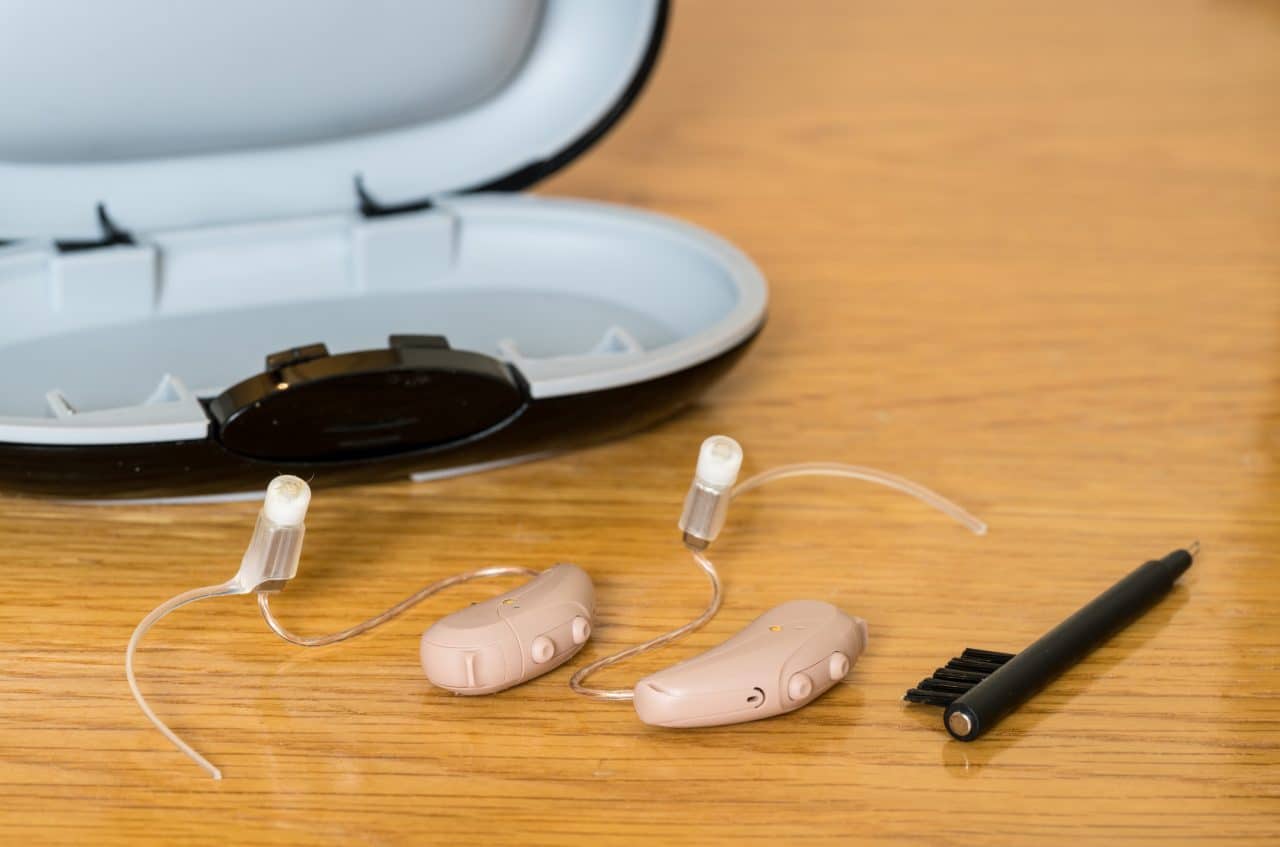Just like with any other device, hearing aids sometimes run into problems that need repairs. Sometimes an accident happens like you forget to take them out before going for a swim at the Bellevue Aquatic Center. Other times, normal wear and tear just take its toll.
Thankfully, there are several steps you can take to keep your hearing aids safe and avoid repairs when possible. Let’s go over a few of those tips as well as some common hearing aid problems that may need professional repairs.
Steps to Prevent Hearing Aid Damage

There are several steps you can take to prevent hearing aid damage. These include:
- Have a nightly cleaning routine. Wipe your hearing aids down with a soft, dry cloth. Alternatively, you can purchase a hearing aid cleaning kit that comes with several different tools like a brush and a pick to care for your device.
- Regularly replace wax guards if you use them.
- Turn your hearing aids off when they aren’t in use.
- Leave the battery compartment door open overnight to allow any excess moisture to evaporate.
- Consider a drying box or dehumidifier to help rid your hearing aids of moisture.
- Always store your hearing aids in a cool, dry place when not in use.
- Have regular checkups with your audiologist to make sure things are working properly.
Common Hearing Aid Repairs
- Damage caused by moisture. Moisture and humidity can negatively affect sound quality, shorten the lifespan of your hearing aids or cause them to malfunction completely. If you do happen to take that accidental swim and notice problems, even after letting them sit out to dry, call your hearing aid expert to see what needs to be done.
- Broken tubes. Earwax or other debris can get caught in the tubing. It can also become overstretched with time, causing problems with sound quality.
- Broken microphone. If you notice the volume fluctuating or that the noise sounds distorted in your hearing aid, there’s a chance you might just need an adjustment from your audiologist. However, it’s also possible you have a broken or damaged microphone. Make an appointment to get it checked out as soon as possible to see if repairs are needed.
While you can help prevent hearing aid damage and professionals can easily handle these common repairs, if your device is more than five years old it may be time for a replacement. Most people who use hearing aids wear them every day, during all waking hours. After many years of constant use and exposure to elements, your hearing aids might not be working as well as they once did.
There are also constant advancements being made in hearing aid technology that can improve the user experience. If your device is on the older side, talk with your audiologist and see if it’s time to upgrade.
If you have additional questions about hearing aids or wish to schedule an appointment, contact Evergreen Speech and Hearing today.